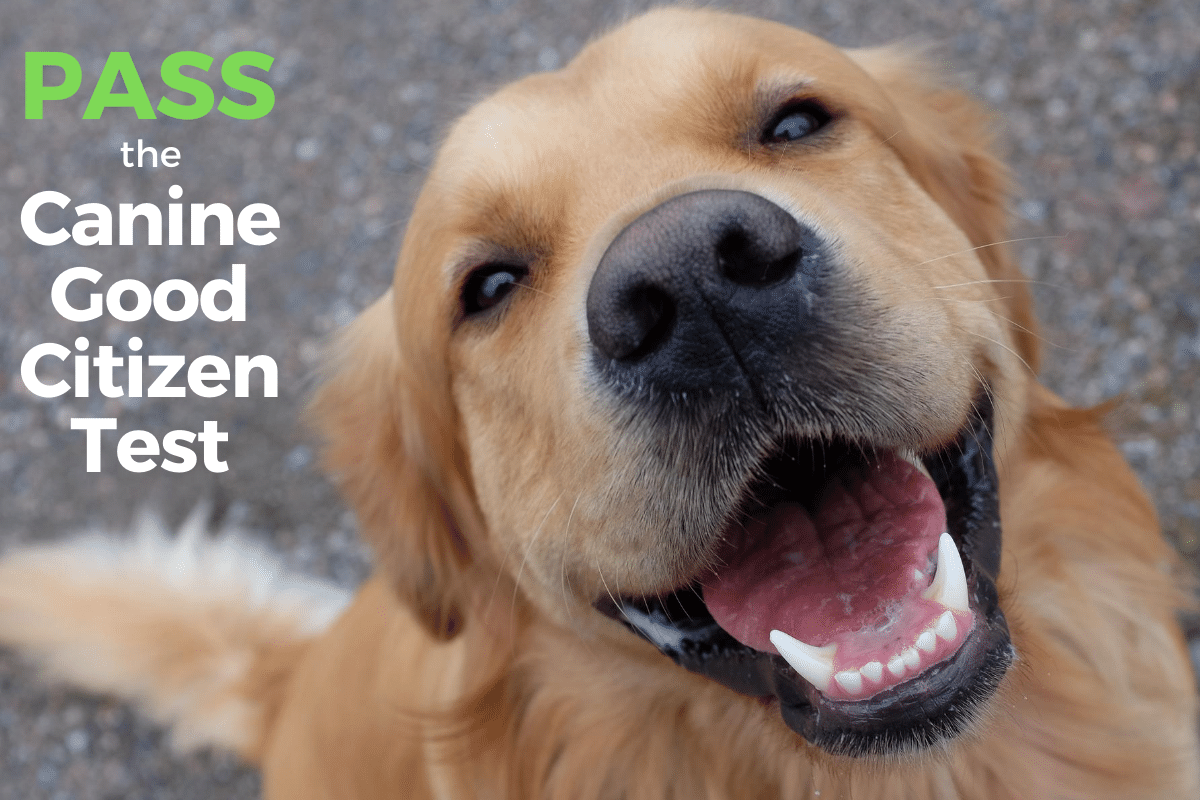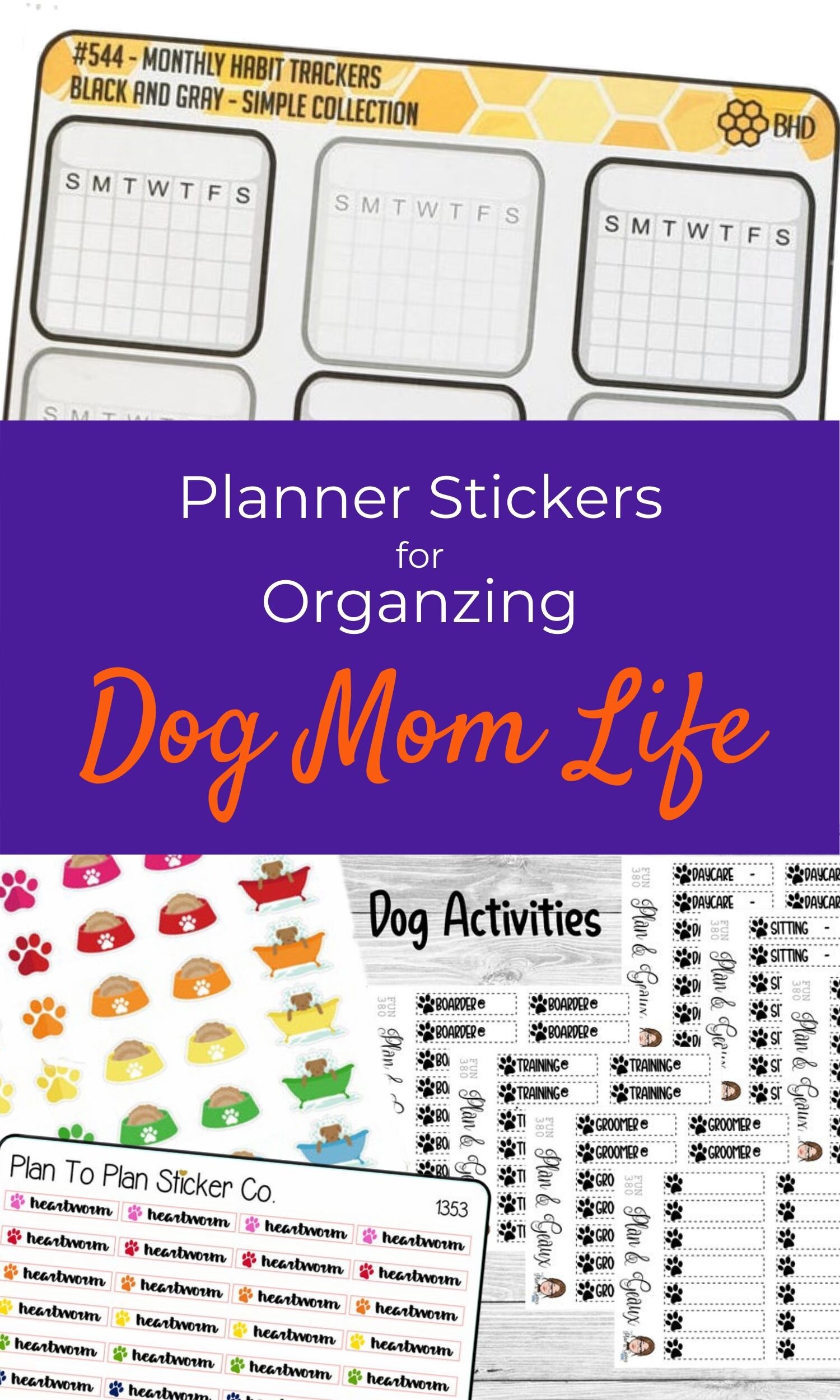Canine Good Citizen Training Tips: Sitting Politely for Petting
/While I mentally tend to lump together the first three test tasks for the Canine Good Citizen Test, I do practice for each a little differently. Our two pups tend to trip over their own Doodle enthusiasm, so distinguishing between each of these these tasks helps them work their way up to performing all three of the friendly stranger meet & greet interactions successfully.
Task #2: Sitting politely for petting
The AKC description of this second test reads:
“This test demonstrates that the dog will allow a friendly stranger to touch it while it is out with its handler. With the dog sitting at the handler’s side, to begin the exercise, the evaluator pets the dog on the head and body. The handler may talk to his or her dog throughout the exercise. The dog may stand in place as it is petted. The dog must not show shyness or resentment.”
The friendly stranger is not necessarily the CGC evaluator. If the CGC evaluator has a relationship with your dog, then they’ll recruit a friendly stranger who does not know your dog and watch that person interact with your dog.
According to the CGC Evaluator Guide, the evaluator looks for six main behaviors:
The dog must show no signs of shyness or resentment.
As the friendly stranger begins to pet the dog, the dog may stand to receive petting.
The dog may not struggle and pull away to avoid petting.
The dog may move slightly forward to receive petting, but should not lunge at the friendly stranger or rush or jump forward.
The dog may appear to be happy about the contact with the friendly stranger and may have some body movements.
The dog should appear to be under control throughout the exercise.
Watch the video below for a few quick demonstrations of what sitting politely for petting looks like during the CGC Test.
Disclaimer
Before you start reading the training tips, please remember I am not a professional dog trainer. I am a dog parent just like you who wants my dog living up to CGC expectations for being a well-mannered pup in public. I’ve pulled these tips from a variety of sources, including online videos, webinars, books, and dog obedience classes I’ve attended. I’ve used all of the tips I suggest, but not all of these ideas may be right for you or your dog.
If you’re serious about wanting your dog to be a good neighbor, you should absolutely 100% be working with a professional dog trainer. Read more about why working with a professional dog trainer is one of the best decisions you’ll make for you and your dog. Once you’ve found a professional dog trainer who understands you and your goals, then online resources can serve as helpful reminders and inspiration.
Practicing for Task #2
Evaluate your dog’s ability to meet people in public places.
If your dog can remain sitting or standing calmly when strangers approach you to ask to meet your dog, then this second test task will be much easier for you to pass.
If your dog rushes up to people expressing an interest in meeting him, then you have some practicing in your future.
Start at home with impulse control
Dogs, like middle school students, can have a difficult time with impulse control, so you want to create an environment where impulse control is not only expected, but also rewarded.
The more routine procedures you choose to reward for your dog being calm, the more consistently your dog will be calm.
Reward good choices initially with treats, pets, and praise. As your dog progresses, you can intermittently reward with food to begin fading the treats. Still heap on the pets and praise, though. Once your dog is a rock star with impulse control around the house, you can always pet and praise. Who doesn’t like props for a job well done?
Potential routine procedures to ask your dog for impulse control:
Waiting in a sit-stay or down-stay for food bowl to be placed
Waiting for your release word/gesture to exit crate/kennel
Waiting to exit or enter any door at your house, which includes going outside for potty
Waiting to exit or enter your car
If your dog cannot contain himself for any threshold waits, you should consult a professional dog trainer. While the Internet is a great place to gather information, there are too many nuanced factors that could be affecting your dog’s behavior. You want to seek the advice of a professional dog trainer who will ask intelligent questions, observe your dog, and offer tailored exercises to help you better communicate with your dog.
Practice threshold waits in public
After successfully practicing threshold waits at home, you want to take your show on the road. Find some dog-friendly stores around your city or town to visit.
Consider the dog-friendly places carefully. If there are dog-friendly spots your dog is already familiar with, definitely start there. Other things to consider:
When will you visit? Depending on the day of the week or time of day, how busy will that store be? Starting with less busy times will be easier for your dog.
What’s the weather been like? Will different kinds of weather affect how busy the store may be?
Are there any special events happening at the store?
How many potential doors does the store have? With gardening centers, stores like Lowe’s have more opportunities for practicing at different doors.
What kind of doors are they? Manual doors that push/pull or automatic?
Are there any parks or other places to walk your dog near the store? Giving your dog a chance to walk and burn off excess energy may help him focus during your training session.
Once you arrive at the dog-friendly shopping destination, start with a solid threshold wait getting out of your car. Give your dog some time to explore outside the store. Sniff the landscaping. Remember to bring plenty of poop bags since your dog may feel inspired to contribute his scent to the shrubbery.
As you approach the store door, remember to not let your dog lunge or pull on the leash. If you have to stop and start several times, that is okay. If you have to stop walking, turn around, and walk away from the store, that is also okay.
Ask your dog to look at you as you get within reach of opening the door. Your dog should sit or stand calmly while you open the door. Once you’re comfortably through the door, give your dog your release word to let him know that he may proceed calmly through the door.
Don’t worry about how many time you may have to practice going through the door for the first time. If other customers are entering and exiting, just give them plenty of room. Walking your dog away from the entrance and placing him in a sit is great practice for him. Chances are you’ll get a heap of compliments for teaching your dog to enter a store calmly.
With each attempt, your technique and your dog’s will improve.
Practice meeting strangers in public
If your dog has learned that calm behavior gets him all sorts of rewards, and your dog likes meeting people, then take him to a dog-friendly destination where he can meet friendly strangers.
Some potential tips and strategies to consider:
Are you open to meeting anyone? Do you want to try to meet certain kinds of people? Are there certain people you want to avoid for now to build small successes?
children
teenagers
adults
senior citizens
males
females
people of different skin-tones
people wearing hats
people wearing sunglasses
people wearing jewelry that makes noises
people carrying shopping bags
people in wheelchairs
people using walkers
people in uniforms
Do you know how you’re going to say yes to people asking to meet your dog? You can easily instruct people on how to say hello to your dog.
“He loves to meet people. Let me get him in a sit first.”
“He likes it when people pet him this way” and then demonstrate.
“He really loves pets on his <insert body part>.”
How will you handle the people who say, “My dog jumps all the time. I’m used to it.” You know your dog trainer will tell you that any intermittent reinforcement of jumping will just make the jumping behavior stronger, so how do you handle these well-meaning people?
Do you want to make an excuse and walk away?
Do you want to tell this person that your dog will pee on them if he’s moving around? You can explain that once your dog is in a solid sit, your dog will be much calmer and ready to say hello.
Are you prepared to get down to your dog’s level to support him as he meets people if that’s what he needs? Are you feeling physically up to kneeling on the ground? Are you wearing comfortable clothes and shoes?
Find as many opportunities as you can for your dog to practice meeting new people.
We’ve got you covered with TEN helpful articles
below to get you on the right track.



































